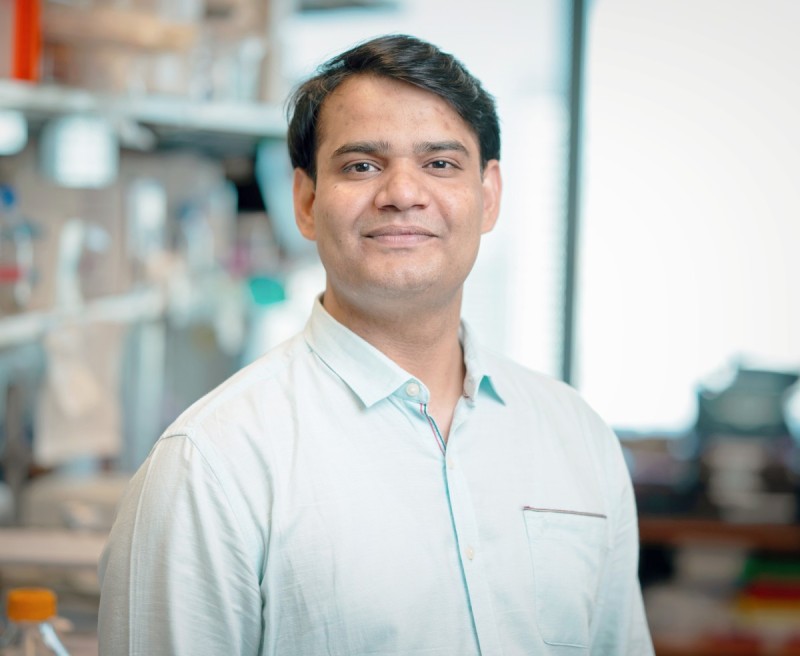
I received my Ph.D. in Medicinal Chemistry from National Institute of Pharmaceutical Education and Research (NIPER), Hyderabad, INDIA. My doctoral research work mostly involved the exploration of Lewis-acid properties of vanadium-based catalysts for the synthesis of various medicinally important heterocycles and amide derivatives. I was the first to describe the utilization of C(CO)-C(CO) bond cleavage for C-N bond formation using VOSO4. I have also designed and synthesized several bioactive hybrid molecules with improved affinity and selectivity. My efforts led to the development of novel imidazo[1,2-a]pyridine-thiazole/thiophene hybrids as NF-κB inhibitors, 2-morpholino-4-phenylthiazol-5-yl cinnamamide derivatives as a non-sulfonamide class of carbonic anhydrase inhibitors, curcumin inspired indole analogs as tubulin polymerization inhibitors and curcumin inspired sulfonamide derivatives as carbonic anhydrase isoform I, II, IX, and XII inhibitors, etc.
I am currently working as a Research Associate in the Chiosis Lab at Memorial Sloan Kettering Cancer Center. Our lab has discovered that context-dependent changes in protein networks in disease are executed by a restructuring of a fundamental functional protein group – the chaperome, a collection of chaperones, co-chaperones, and other factors – into higher-order long-lived assemblies termed “epichaperomes”. Epichaperomes have emerged as a conceptually innovative and translationally significant gateway to target, detect and control dysfunctional interactomes, now translated to clinics in cancer and Alzheimer’s disease, for both treatment and diagnosis (eg. Zelavespib, Icapamespib, PU-PET). Here, I am involved in the development of several chemical biology tools (biotinylated, fluorescently labeled, solid-support immobilized, clickable, etc.) that are being investigated to gain mechanistic insights into context-dependent epichaperome composition, structure, and function. Moreover, I am engaged in the synthesis and optimization of small molecule therapeutics to obtain potent and selective inhibitors of HSP90-, HSP70-, or hyperglycosylated GRP-incorporating epichaperomes. We also perform preclinical testing in xenograft mice models with the goal of optimizing the pharmacokinetic profile of our lead compounds to translate these into the clinic for the treatment of human diseases.